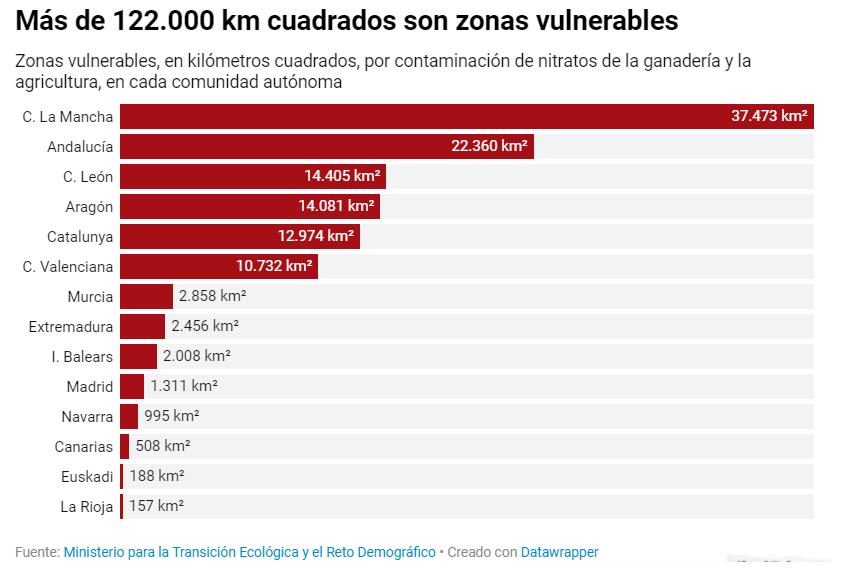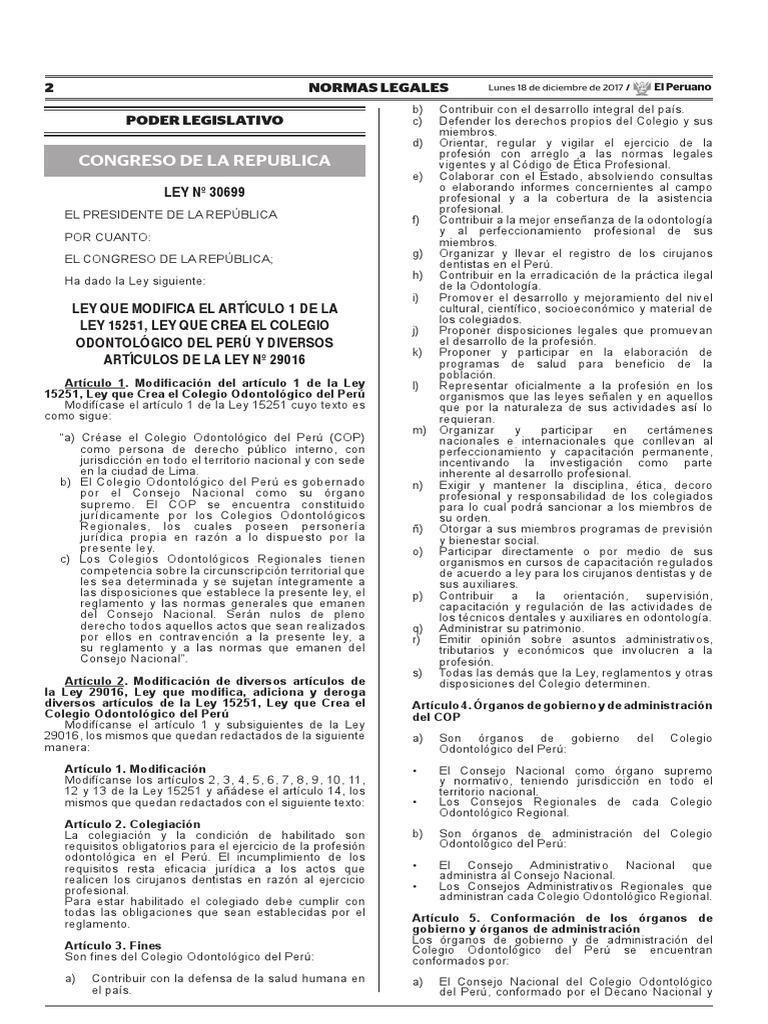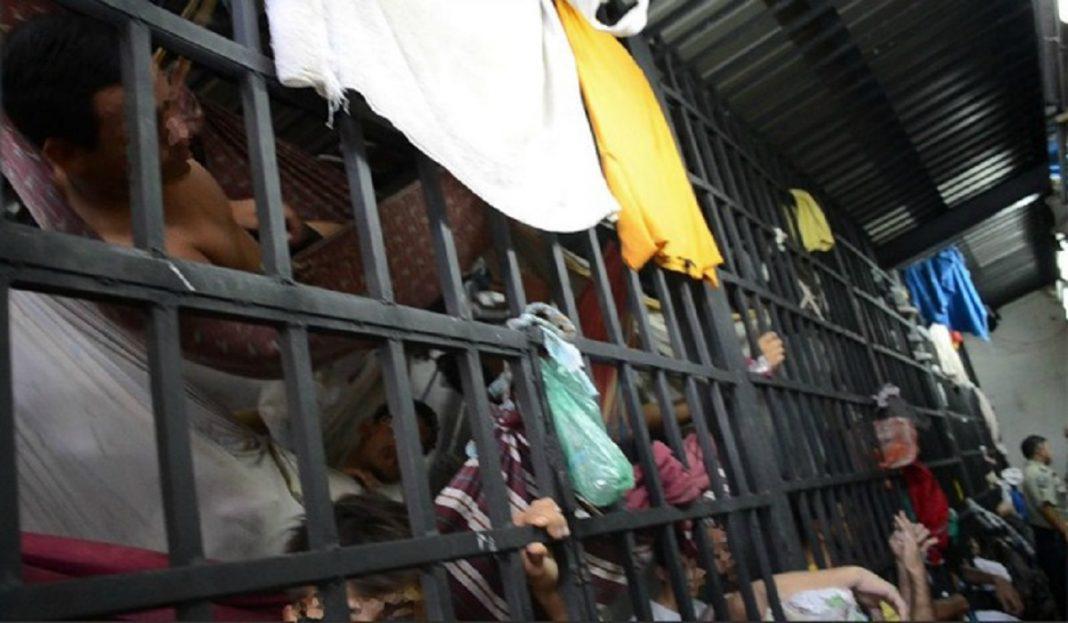Spain pays a toll for air and water pollution for becoming the world's pig factory
Spain is paying the price for becoming the pig factory of the world. The country already leads the sector in Europe based on expanding industrial livestock farming that carries a costly toll of water pollution, greenhouse gas emissions and toxic ammonia.
Learn moreThe Government of Murcia ignored several warnings that large pig farms were contaminating the Mar Menor
The economic indicators make the Ministry of Agriculture consider that "the Spanish pork sector has continued to consolidate as one of the leaders in the world market despite the uncertainties." In contrast, the director of Greenpeace, Eva Saldaña, understands that "it is time to address the issue of macro-farms for their contribution to the climate crisis and water pollution." The most recent data clearly expose this picture.
Road to the macrofarm
The strength of Spanish pigs has been based on the advance of the industrial model of large-scale production. The reports of the Ministry of Agriculture describe this transit. More and more pigs are being raised and more pigs are being slaughtered, but at the same time, fewer establishments are operating. The macro-farm model is being imposed. There is evidence of "a notable decrease in the total number of farms", together with the "notable increase in larger farms, especially the largest ones", says the Ministry in its analysis of the last closed year, 2020. Greenpeace adds that the formula consists of "producing a lot, producing quickly and at the lowest cost".
The pig herd in Spain is number one in the European Union and the third in the world after China and the USA: 32 million head in 2020. Ten years ago there were 25 million. And five years ago, 28. Last year they killed 56 million animals. In 2010 there were 40.8 million (37% less).
The pig boom has occurred while total farms went from 99,500 in 2007 to 88,400 in 2020. Most of those that disappeared are the smallest type I farms. In that same time, type III farms, the largest, They have gone from 1,425 to 2,126. 50% more. That is the path to the macrofarm.
Group I, II, III... is a technical nomenclature to classify according to production capacity. The first are limited to 120 Major Livestock Units (UGM), the second to 480 and the third to 720 UGM, according to the Royal Decree that regulates them since 2020. But, to understand the dimension, these UGM must be translated into pig specimens . The Dehesa Observatory of the Scientific and Technological Research Center of the Junta de Extremadura expresses it this way: group I can house 350 animals for fattening, group II up to 2,000 pigs plus 200 females to reproduce and group III up to 5,500 specimens for fattening and 750 breeders. In addition, the autonomous communities can increase this quota of large farms by 20%, that is, 1,100 added pigs.
More climate change and ammonia in the air

Agriculture and livestock farming accounted for 14% of all greenhouse gas emissions in Spain in 2020. That year, during the peak of the COVID-19 pandemic, there was an almost unknown drop in emissions that cause climate change. It dropped for the first time from the 1990 level. But the agricultural and livestock sector increased the amount of gases it released into the atmosphere. Livestock released 24.8 million tons. The increase was mainly due "to manure management", according to the advance of the emissions catalog of the Ministry of Ecological Transition.
The proliferation of large farms has meant that 87% of the pig sector in Castilla-La Mancha is already industrial and that in Extremadura it has exceeded 50%, according to the official responses of the autonomous communities to Greenpeace. The Balearic Islands are at 55% and Catalonia at 99%. Aragon is the community with the most type III farms with 628, followed by Catalonia (495), Castilla y León (316) and Castilla-La Mancha (161).
Large capacity facilities mean lots of animals and therefore lots of waste. The large amount of manure from concentrated pigs has meant, along with other factors, that Spain has never complied with the limit of ammonia emissions into the atmosphere set by European regulations. From 2010 to 2019, it has always exceeded the limit of 353,000 tons due to the "increase in the cattle herd and a rebound in the use of organic (manure) and inorganic fertilizers", as recognized by the Government's Emissions Inventory. Given this circumstance, the European Union has changed the ceilings, making them more permissive as of 2020.
Spot of water pollution
Livestock production is responsible for 80% of the agricultural nitrogen that seeps into and pollutes the water, according to the European Commission. In Spain, 40% of the bodies of water are in poor condition, not all of it is due to discharges from livestock, but almost half of the areas with aquifers damaged by agricultural waste will not be able to recover within the legal term of 2027 , as the Government itself has admitted.
"How is it possible that an arid country, 15 times smaller than the US and with a deficit in feed, wants to become a leader in pork production?" wonders Mari Sol Gómez, who leads the opposition to this cattle model in the region of Tierra de Alba in Zamora. "They consume a huge amount of water that they return to the environment in the form of slurry," he says.
The truth is that Spain is especially exposed to this problem of water contamination by nitrates. In fact, almost a quarter of the territory is considered a vulnerable zone, that is, areas "whose runoff flows towards waters affected by pollution or towards waters that may be affected by pollution": some 122,000 of the total 500,000 km2. And more than half of the useful agricultural area of the country.
On October 11, the European Commission ruled in a report that Spain has a "systemic problem to manage pollution by nutrients from agriculture" and that it must "urgently adopt additional measures" to comply with the law. The review indicates that "a high percentage of groundwater monitoring stations continue to show levels above the maximum of 50 mg per liter."
The Commission understands that some of the vulnerable areas declared by the autonomous communities "are very limited", which means "a very fragmented designation and less effective action programmes". Spain has opened a sanction file precisely for this matter.
Depopulation
"Who's going to want to come and live here if you can't even open the window?" The question is from Inmaculada Lozano, the voice and face of the rejection of macro-farms in Castilla-La Mancha. Since the beginning of the implementation of the large-scale industrial model, the dilemma has arisen between the possible creation of jobs in the rural environment associated with these farms and their environmental impacts.
The organization Ecologistas en Acción has just analyzed the demographic evolution according to the INE of municipalities with fewer than 5,000 inhabitants from 2000 to 2020 cross-referenced with the livestock censuses of the autonomous communities of Castilla y León, Aragón, Castilla-La Mancha, and Catalonia , Valencian Community, Galicia and the Region of Murcia. His conclusion is that "industrial livestock farming not only does not stop depopulation but also promotes rural abandonment."
Their analysis shows that 74% of the municipalities with the highest burden of intensive pig industry have either lost population or gained fewer inhabitants than similar towns, but without pigs. His study covers 64% of all populations with 5,000 residents or less and a high density of intensive pig herds in those autonomous communities. "In 81% of the analyzed provinces (17 of 21) depopulation is being favored," they say.
According to their data, the effects of Spain emptied of this model intensify over time and have already left a greater mark in the provinces that first adopted this formula, such as Zaragoza, Huesca, Barcelona and Lleida.
Lozano, who led the protests against large farm projects in Pozuelo and Argamason (Albacete), sums up that "of course we like ham and blood sausage, but we also like being able to drink tap water and a town with a future for our children ".








